Exhibition dates: 22nd January – 3rd May 2015
John Gossage (American, b. 1946)
Stallschreiberstr.,
1989, printed 2003-2004
From the series Berlin in the Time of the Wall
Gelatin silver print
15.5 x 12.3cm
The Art Institute of Chicago, Gift of Michael Abrams and Sandra Stewart
© John Gossage
Used under fair use conditions for the purpose of art criticism.
I freely admit that I knew little about this artist’s work before starting to assemble this posting.
Strong, focused, conceptually driven bodies of work that have real guts and presence. Tough, no compromise realist photographs with Gossage not afraid to challenge convention… through dark, almost totally black, chthonic images; through over exposure, sprocket holes of the film, out of focus foregrounds, and an elemental consciousness pushing at reality.
While there are only 12 images in the posting (I wish there were more!), there are 600 more on the Art Institute of Chicago website in the collection and I have spent a lot of time immersing myself in his worlds, his heterotopic spaces (Foucault), spaces of otherness, which are neither here nor there, that are simultaneously physical and mental. The series Berlin in the Time of the Wall is a particular favourite. Just look at the image Stallschreiberstr., (1989, below) and grasp the atmosphere and allusion of the image – the light that emanates from the yin/yang puddle and the symbolic quality of that division with the looming presence of the towering wall, being reflected into the water and next to the only specular highlight of the image.
I am deeply impressed by the profundity of his artistic enquiry, his visioning of a reality that takes the viewer places that they have never been before. And holds them there. Gossage does more than just gather, record, and sequence memories from our contemporary world… he creates those memories afresh, anew. Some photographs in his series work better than others but that is bound to happen when you are really trying to engage with the world that you are imag(in)ing. The force is strong in this one. He got me hook, line and sinker.
Dr Marcus Bunyan
.
Many thankx to The Art Institute of Chicago for allowing me to publish the photographs in the posting. Please click on the photographs for a larger version of the image.
“For ‘There and Gone’, [Gossage] is photographing on the beach of Tijuana in Mexico; ‘Berlin in the Time of The Wall’ is taking place in Berlin; ‘The Romance Industry’ in Marghera, a desolated industrial area located across the lagoon from Venice in Italy. With these series John Gossage is established as an anthropologist of the ordinary.
In his work, objects, places, situations are also clues, traces to build a photographic memory of past and contemporary history… The choice of the title “Routine” for both of these exhibitions shouldn’t surprise us. John Gossage is using photography as a mastered routine. He gathers, records, and sequences memories from our contemporary world.”
.
Agathe Cancellieri. “Chicago: Three Routines by John Gossage,” on The Eye of Photography website 2nd March 2015 [Online] Cited 10/03/2015. No longer available online
The first museum survey of American photographer John Gossage’s career ever mounted, this “retrospective in a room” brings together several decades’ worth of work to show three distinct ways, or routines, in which the artist has approached photography.
One routine concentrates on his intensely productive time in Berlin in the 1980s; on display are two dozen images from the nearly 600 that make up his Berlin series, which the Art Institute is fortunate to own in its entirety. The second routine comes from Gossage’s recent year spent traveling the United States on a prestigious Guggenheim Foundation Fellowship, making portraits of art students and capturing views in smaller towns and cities, from Albuquerque, New Mexico, to Rochester, Minnesota. The third offers a “medley” of images from across his career, which he began in his teenage years as a student of Lisette Model, Alexey Brodovich, and Bruce Davidson. In addition to highlighting the various photographic methods Gossage has used throughout his career, the exhibition includes a reading table with a selection of the artist’s publications, showcasing his talents as a consummate printer and an ingenious book artist.
Jim Iska
Untitled [Installation views of the exhibition John Gossage: Three Routines at The Art Institute of Chicago]
2015
John Gossage (American, b. 1946)
SS Headquarters, Zimmerstr.,
1988, printed 2003-2004
From the series Berlin in the Time of the Wall
Gelatin silver print
21.3 x 26.2cm
The Art Institute of Chicago, gift of Michael Abrams and Sandra Stewart
© John Gossage
John Gossage (American, b. 1946)
Behind the Japanese embassy Köbisstr.,
1989, printed 2003-2004
From the series Berlin in the Time of the Wall
Gelatin silver print
28.6 x 22.3cm
The Art Institute of Chicago, gift of Michael Abrams and Sandra Stewart
© John Gossage
John Gossage (American, b. 1946)
Doris, Friedrichstr.,
1982, printed 2003-2004
From the series Berlin in the Time of the Wall
Gelatin silver print
29.7 x 22.6cm
The Art Institute of Chicago, gift of Michael Abrams and Sandra Stewart
© John Gossage
John Gossage (American, b. 1946)
Untitled
1982/89, printed 2003-2006
Gelatin silver print
The Art Institute of Chicago, Gift of Michael Abrams and Sandra Stewart
© John Gossage
The Art Institute of Chicago is presenting the first museum survey ever mounted of American photographer John Gossage’s career. John Gossage: Three Routines opened Jan. 22, 2015, and continues through May 3, 2015, in Galleries 188 and 189 in the museum’s Modern Wing.
Gossage, who was born in New York City in 1946, began his photographic career at age 14, taking pictures for the local newspaper in Staten Island, New York. Within a year he advanced to intensive studies with photographers Lisette Model and Bruce Davidson, as well as with art director Alexey Brodovitch.
His only formal education came in 1964, at the experimental Walden School in Washington, D.C. Gossage continued to live in Washington after he graduated, even though New York remained central to his development. He showed his own work there – most frequently with the Leo Castelli Gallery in Manhattan – and organised shows of work by others, including a three-part exhibition on the New York School at the Corcoran Gallery in 1992.
The Art Institute’s “retrospective in a room” brings together several decades’ worth of work to show three distinct ways, or routines, in which the artist has approached photography. One routine concentrates on his intensely productive time in Berlin in the 1980s; on display are two dozen images from the nearly 600 that make up his Berlin series, which the Art Institute is fortunate to own in its entirety. The second routine comes from Gossage’s recent year spent traveling the United States on a prestigious Guggenheim Foundation Fellowship, making portraits of art students and capturing views in small towns, particularly in Colorado. The third offers a “medley” (a fitting approach, as Gossage once played blues guitar professionally) of images from across his career. In addition to highlighting the various photographic methods Gossage has used throughout his career, the exhibition includes a reading table with a selection of the artist’s publications, showcasing his talents as a consummate printer and an ingenious book artist.
While Gossage plays with narrative in his works, he only partly accepts the general expectation that photographs will explain and replicate the world. Extending from Berlin in 1982 to Albuquerque, N.M., in 2014, Three Routines displays a permutating approach to creativity that suggests a reflection on individual continuity in the face of massive historical change. The grouping of so many projects illuminates how Gossage works to maintain authorial consistency while regularly challenging his habits and even questioning the value of a personal style.
John Gossage: Three Routines was organised by Matthew Witkovsky, Richard and Ellen Sandor Chair and Curator, Department of Photography, at the Art Institute. Major funding for the exhibition has been provided by the Trellis Fund. Additional support has been generously contributed by Stephen G. Stein and Edward Lenkin. The exhibition is part of Photography Is ____________ , a nine-month celebration of photography at the Art Institute that includes pop-up gallery talks, online events, and the presentation of the museum’s most treasured photographs.”
Press release from The Art Institute of Chicago
John Gossage (American, b. 1946)
Untitled from the series Nothing
1985
Gelatin silver print
© John Gossage
John Gossage (American, b. 1946)
#64 from the series There and Gone
1997
Gelatin silver print
© John Gossage
“There and Gone is a book in three chapters … the first chapter being the bathing beach in the city of Tijuana. My wife, Terri Weifenbach, took me to this beach. It’s one of those funny places in the world where everything comes together. It’s like a stage set almost. The landscape, what’s going on there and what it means is all concentrated in a relatively small area; it’s exceedingly intense. There’s a lot of illegal border crossing and at the same time it’s the beach of the people of Tijuana.
Robert Adams made a comment in his book Beauty in Photography that always stuck with me. [He wrote] that no photographer of major ambition had ever sustained important work taken with long telephoto lenses. It seemed on obvious loophole. There’s got to be something out there worth taking, something like the periphery of your vision at a great distance. What are things at a great distance?
What seemed interesting to me was the photographing of strangers. Here was a culture whose language I did not speak, which I didn’t really know anything about … I could go on the beach and do the standard photojournalist pantomime where you spend a couple of days blending in, getting to know the people, but it’s a lie, an illusion. Given this I decided to stay at a distance and photograph people who didn’t know that they were being photographed. All of the pictures taken of Mexico are done from America, about a quarter mile down the beach. I could just stand there and shoot all day, anything that went on, taking another culture on its own terms.”
“Interview with John Gossage on There and Gone“ on the American Suburb X website, April 18, 2011 [Online] Cited 10/03/2015.
John Gossage (American, b. 1946)
Untitled from the series An Easy Guide to Southern Stars
2009
© John Gossage
John Gossage (American, b. 1946)
Untitled from the series pomodori a grappolo
2009-2011
© John Gossage
John Gossage (American, b. 1946)
Untitled from the series pomodori a grappolo
2009-2011
© John Gossage
John Gossage (American, b. 1946)
#41 from the series The Guggenheim Project
2010
© John Gossage
John Gossage (American, b. 1946)
#417 from the series The Guggenheim Project
2013
© John Gossage
The Art Institute of Chicago
111 South Michigan Avenue
Chicago, Illinois 60603-6404
Phone: (312) 443-3600
Opening hours:
Thursday – Monday 11am – 6pm
Closed Tuesday and Wednesday

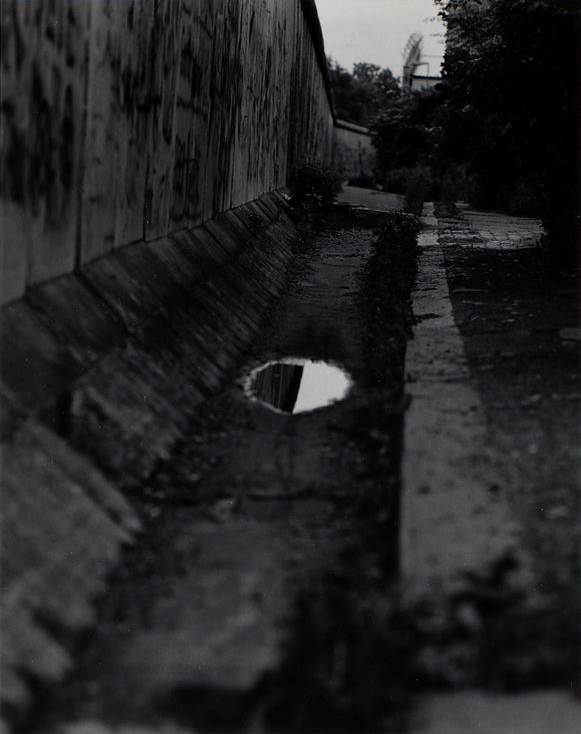
![Jim Iska. 'Untitled [Installation view of the exhibition John Gossage: Three Routines at The Art Institute of Chicago]' 2015](https://artblart.com/wp-content/uploads/2015/03/installation-b-web.jpg?w=840)
![Jim Iska. 'Untitled [Installation view of the exhibition John Gossage: Three Routines at The Art Institute of Chicago]' 2015](https://artblart.com/wp-content/uploads/2015/03/installation-a-web.jpg?w=840)
![Jim Iska. 'Untitled [Installation view of the exhibition John Gossage: Three Routines at The Art Institute of Chicago]' 2015](https://artblart.com/wp-content/uploads/2015/03/installation-c-web.jpg?w=840)
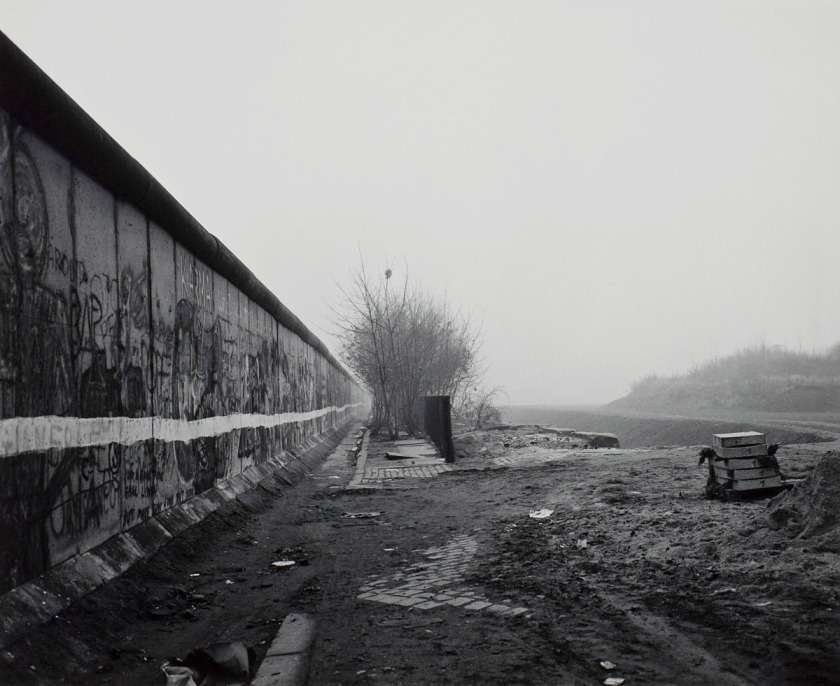

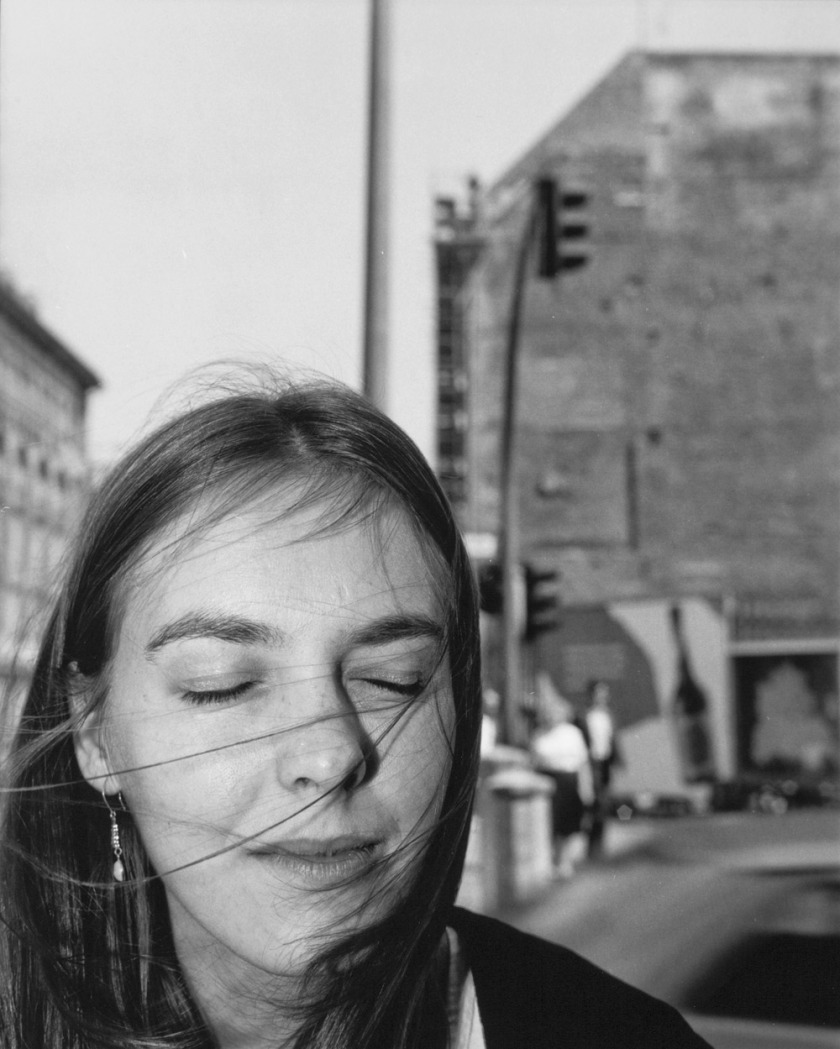

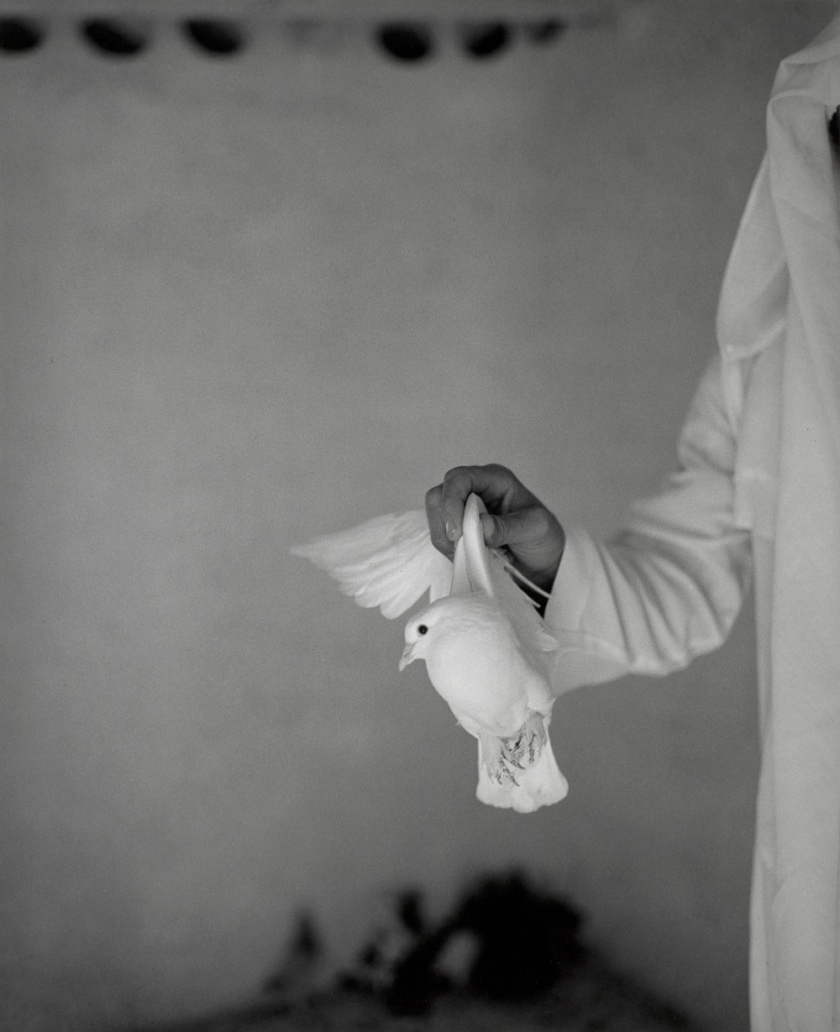


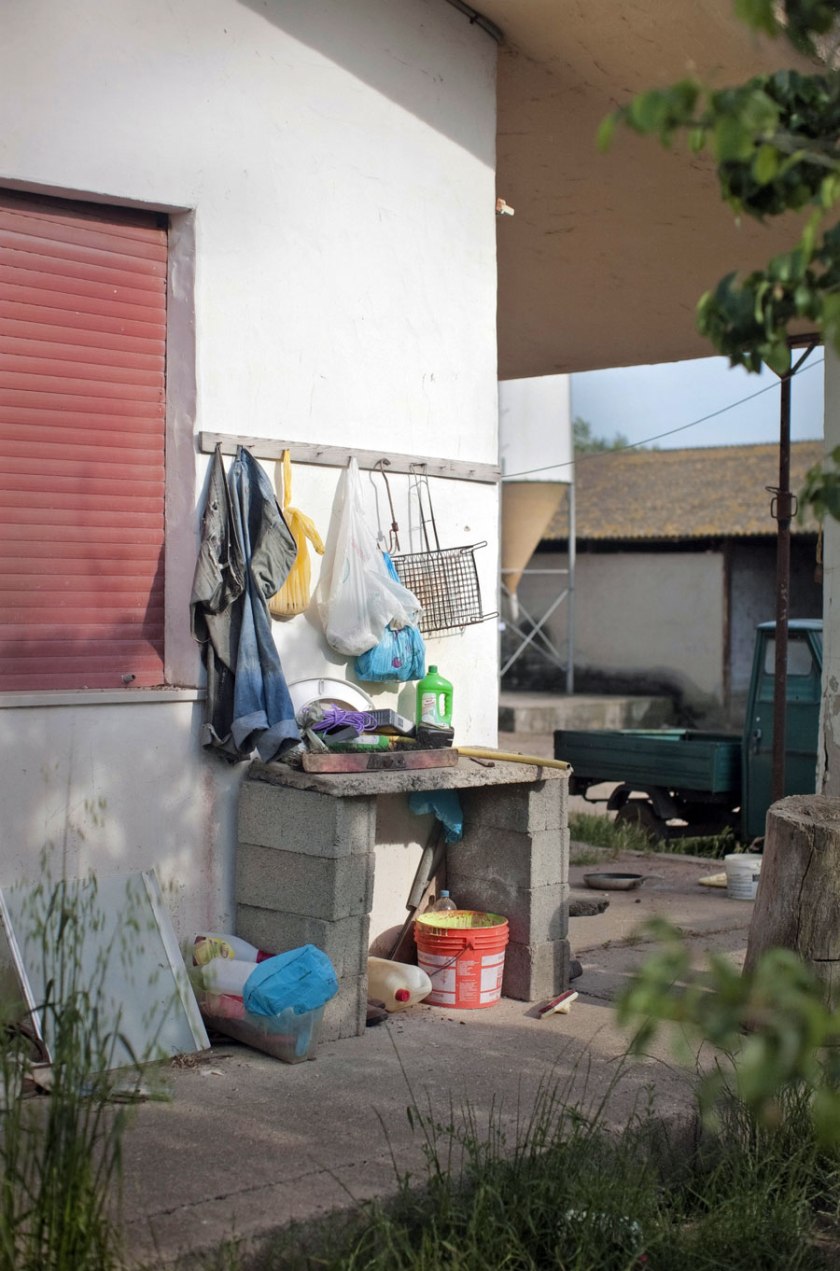

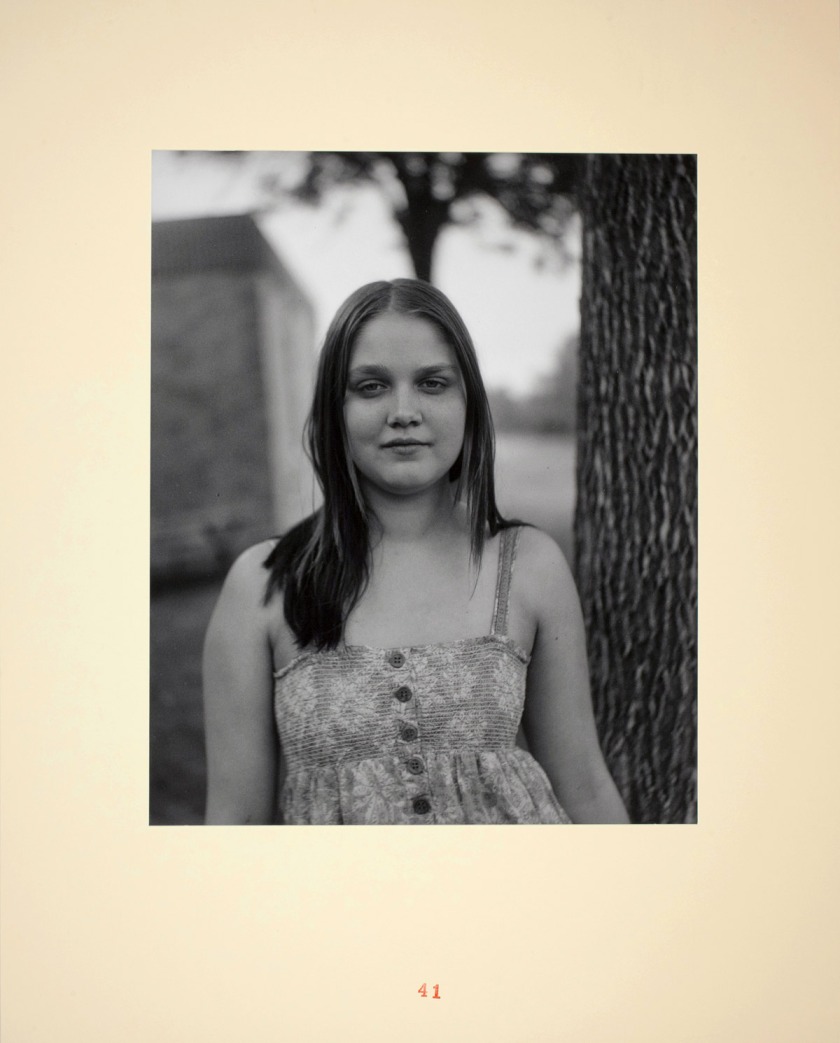
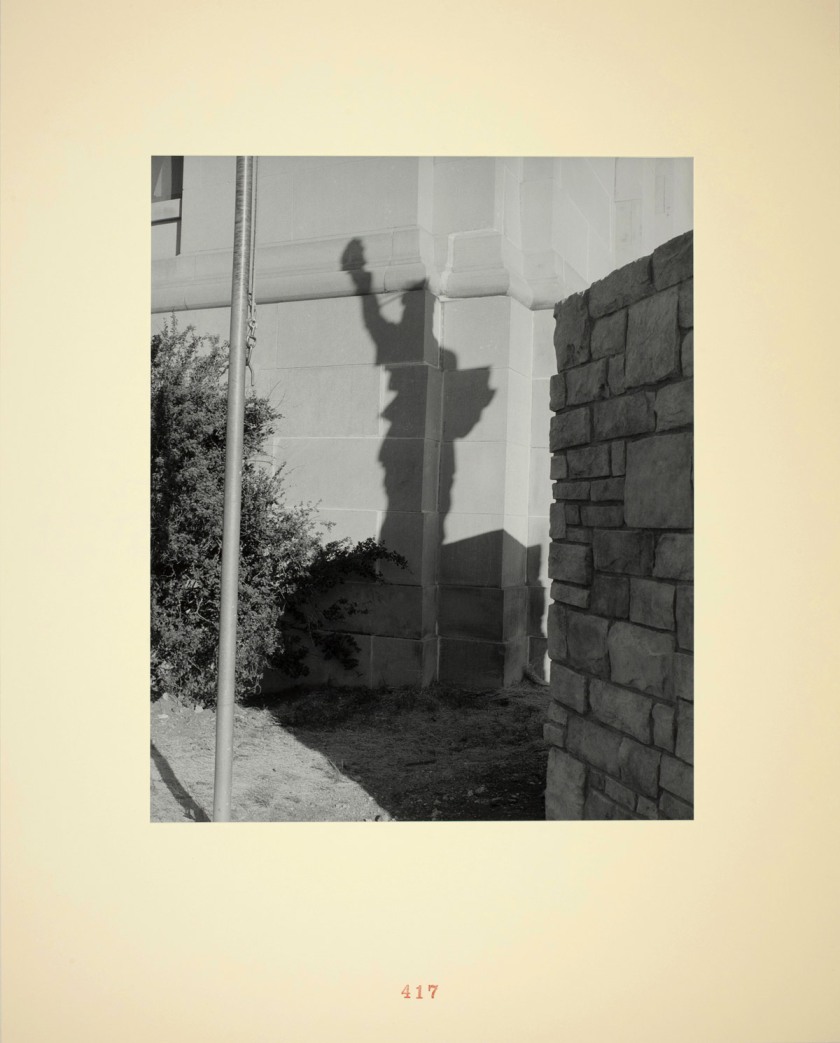
![Artist unknown (American). '[Three women]' c. 1930s Artist unknown (American). '[Three women]' c. 1930s](https://artblart.com/wp-content/uploads/2012/01/artist-unknown-c.-1930s.jpg?w=840&h=501)

![Artist unknown (American). '[Three women]' c. 1910s Artist unknown (American). '[Three women]' c. 1910s](https://artblart.com/wp-content/uploads/2012/01/artist-unknown-c.-1910s.jpg?w=448&h=952)
![Artist unknown (American). '[Three Women]' c. 1920s Artist unknown (American). '[Three Women]' c. 1920s](https://artblart.com/wp-content/uploads/2012/01/artist-unknown-c.-1920s.jpg?w=465&h=774)
![Artist unknown (American). '[Three Women]' c. 1930s Artist unknown (American). '[Three Women]' c. 1930s](https://artblart.com/wp-content/uploads/2012/01/artist-unknown-c.-1930s-b.jpg?w=465&h=789)
![Artist unknown (American). '[Three Women]' c. 1940s Artist unknown (American). '[Three Women]' c. 1940s](https://artblart.com/wp-content/uploads/2012/01/artist-unknown-c.-1940s.jpg?w=430&h=728)
![Artist unknown (American). '[Three Women and a photographer]' c. 1940s Artist unknown (American). '[Three Women and a photographer]' c. 1940s](https://artblart.com/wp-content/uploads/2012/01/artist-unknown-c.-1940s-b.jpg?w=431&h=816)








You must be logged in to post a comment.